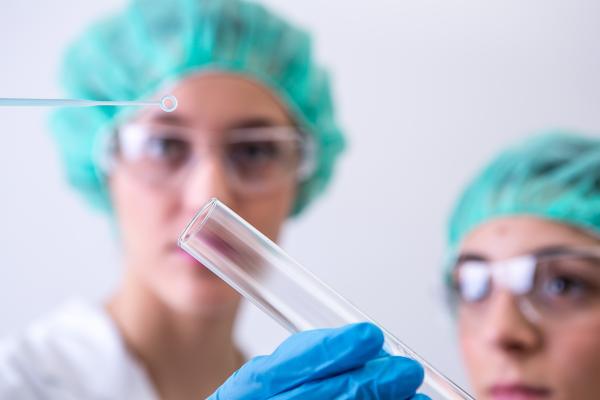Jul 5, 2016
Long said that in her own experience, transgender scientists are sometimes called by incorrect gender pronouns and or not allowed to formally change their names in scientific publications.
To Dr. Ramon Barthelemy, a science policy fellow at AAAS, LGBTQ physicist, and co-author of the study, not being able to change a professional publication record is especially problematic in the sciences.
Read the Full Article

Already a subscriber? Login
